MEGAPROJECT: THE CIRCULAR REGION
FOCUS AREA: CO-DESIGN AND CO-PRODUCTION OF KNOWLEDGE
CHALLENGE: THE circular BIO-ECONOMY
CHALLENGE DESCRIPTION:
The idea of the bio-economy is to apply biological principles and processes in all sectors of the economy, with the aim to replace fossil-based raw materials with bio-based resources. In this challenge focus in on how to create such a bio-based transformation by studying the technical, social and economic conditions, which are suggested to be crucial for achieving a sustainable and circular bio-economy.
Projects within this challenge focus on opportunities and barriers to attain a bio-based economy. It is the intention that students study opportunities and barriers from a technical, social and/or economic point of view, with attention being paid to the mutual connections between these conditions. Point of departure can either be an economic sector (e.g. forestry, fishery or agriculture) or a process (e.g. biofuels, bioplastics).
IMPACTED SDGS
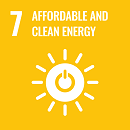
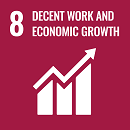
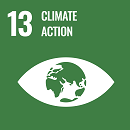
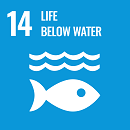
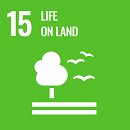
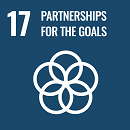 :
:
PROPOSED PROJECT PROBLEMS:
- Introduction of domesticated insects into the food chain. Insect farming is at its infancy in Northern Jutland, in Denmark and in Europe but is predicted to develop into a larger industry in coming years. Insects may become a profitable and sustainable source of animal protein but many uncertainties have to be resolved before the potential is realized. Projects may focus on the suitable biomass sources for feed, biological and technical aspects of animal production, consumer acceptance, supply chains, sustainability, legislation, and more
- Functional ingredients and products from marine biomass. Harbors in Northern and Western Jutland receive large landings of marine fishes and also invertebrates (e.g. sea stars), which are processed into meal and oil. In recent years, also seaweeds (algae) have received attention as not only new (for the western world) human food sources, but also for their use as fertilizers, energy sources, and for their role in cleaning the marine environment. These marine biomasses may also be potential sources of functional compounds of higher value to be used in novel applications. Projects may focus on marine sources of biomass, fishing industries, seaweeds as food, stock management, regulation, quality of raw materials, extraction and conversion, applications, and more
- Waste water biorefineries. Waste water is traditionally treated in treatment plants with the main purpose of removing or separating different compounds from the water. Modern waste water treatment plants are, however, being turned into biorefineries, which produce and extract products from the waste water, such as biogas, phosphorus and fertilizers, and bioplastics and are thus developing into positive contributors to the bioeconomy. Projects may focus on the availability and composition of regional waste water resources, separation and biological processes, regulation and legislation, and more
- New local protein sources. There is a need to lower the import of soy bean and Denmark has a strategic agenda to increase local production of protein-rich feed. Grass and clover are promising local protein sources. Prototype factories for biorefining grass and clovers are currently being established, and is predicted to develop into a larger industry in coming years and become a profitable and sustainable source of animal protein. Alternative proteins can also be produced from waste materials or side streams from agricultural or food production processes. Fungi may convert indigestible lignocellulosic material into digestible and edible mycoproteins. Projects may focus on biological and technical aspects of grass biorefining, vailability and relevance of agricultural or industrial biomass, biological and technical aspects of mycoprotein production, consumer acceptance, supply chains, sustainability, legislation, and other aspects, and more
-
Biological plastic degradation. Plastic production, utilization and degradation has been in the spotlight during last decade, due to increasing waste accumulation in all world’s ecosystems and the challenges from micro-plastic. Microbial plastic degradation has been raising interest in recent years since new organisms and enzymes with superior catalytic efficiency have been discovered. Project may focus on plastic degradation, environmental problems with plastic, responsibility, novel biodegradable plastics, recycling systems, contribution and impact of single-use plastics, and more
CHALLENGE PROPOSER:
Carla K. Smink
Planning
carla@plan.aau.dk
Niels Thomas Eriksen
Chemistry and bioscience
nte@bio.aau.dk
